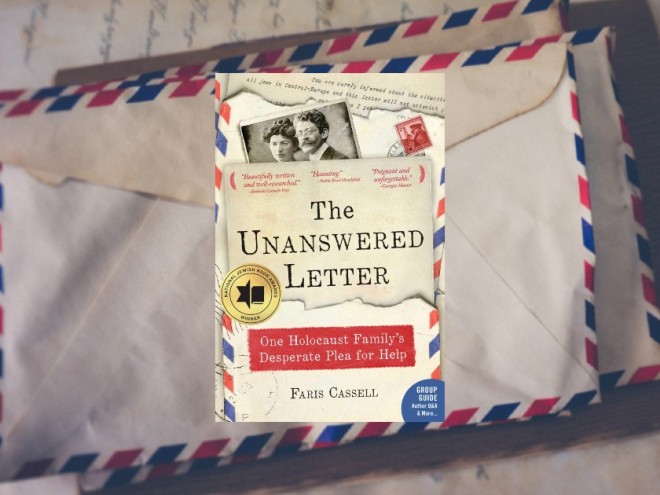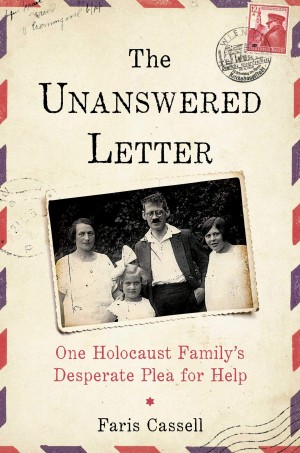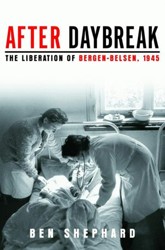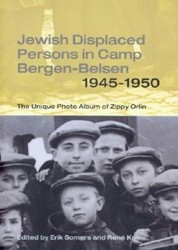Inseparable is that rare book that is able to both deliver the gripping testimony of one family’s Holocaust survival and also provide a deeper understanding of the history unfolding around them. Through the story of the Hess family, Faris Cassell conveys the horror and savagery unleashed on Jews by Adolf Hitler and the Nazi Party.
Karl and Ilse Hess were happy newlyweds living in Germany in the 1930s when Hitler came to power. Recognizing the danger of staying in Germany, Karl and Ilse immigrated to Amsterdam, believing that the city would remain neutral in the face of German aggression. Karl and Ilse settled into life in Amsterdam, where they eventually welcomed a set of twins, Marion and Stefan, in January 1938. Their peaceful existence did not last long. By September 1939, Europe was at war; and by May 10, 1940, Germany invaded the Netherlands, shattering the Hess’s sense of security and setting them on an unimaginable path marked by fear, disease, and death.
Cassell describes how, throughout the summer of 1941 and into 1942, the Germans stripped the Jews living in the Netherlands of their freedom and possessions, isolating them from Dutch culture. Beginning in 1942, Jews were systematically pulled from their homes and deported to Westerbork transit camp and eventually to camps further east. Karl and Ilse had to decide whether to attempt to hide their young twins with a family or stay together. They made the fateful decision that “come what may, they would keep their family together.”
The author describes Karl and Ilse’s journey through Westerbork and Bergen-Belsen, as well as the many risky and heart-wrenching decisions they had to make in order to prevent their children from being deported and summarily murdered. Cassell brings the family’s history to life by using their own memories — memories that include the daily struggle to stay alive and maintain hope in the face of beatings, disease, and starvation. It is one thing to learn about the number of people who were beaten and murdered in concentration and death camps; it’s another to read Marion’s description of her time at Bergen-Belsen. “[M]arching boots, leather straps and cudgels ready to strike, hunger, cold, shouting, screaming and always feeling like a penned animal,” she recalls. She was only six years old.
Although Cassell’s focus is on the Hess family, she makes sure to describe WWII at large. Her efforts to communicate the war’s progression and the Nazis’ efforts to murder all Jews in Europe may be a bit overwhelming for a reader new to the history. But Cassell is able to ground that history in the Hess family’s personal journey of survival.
This is a masterful book that combines powerful storytelling with a meticulous attention to historical detail.





